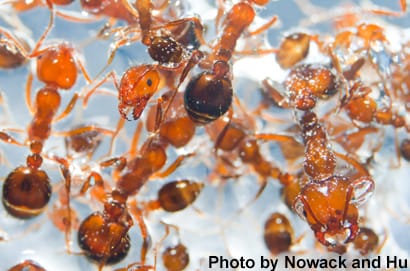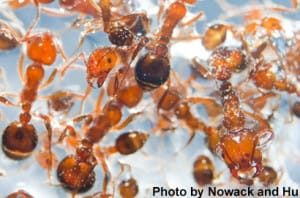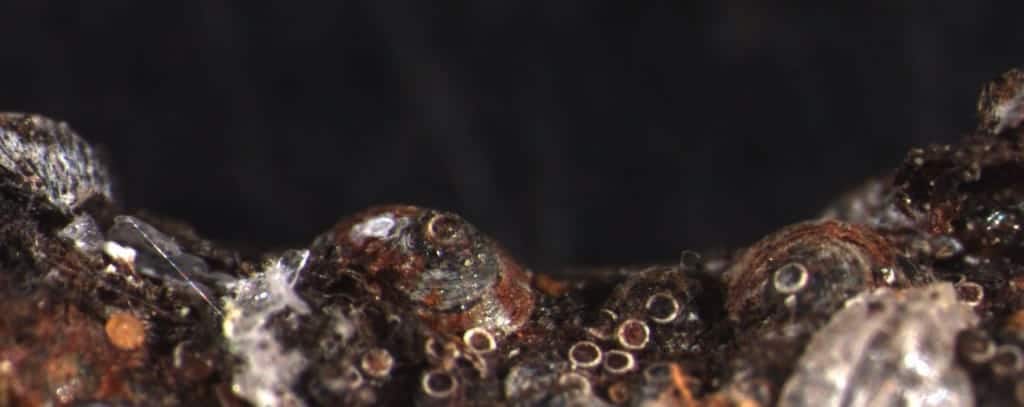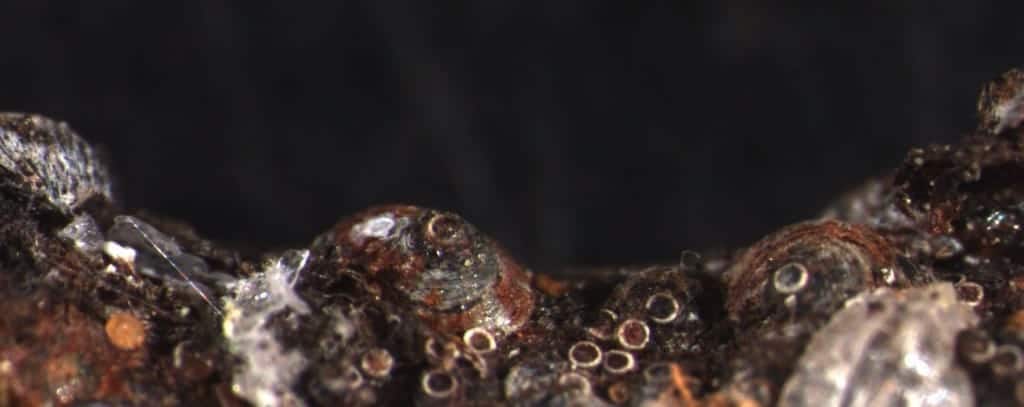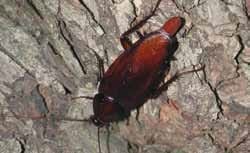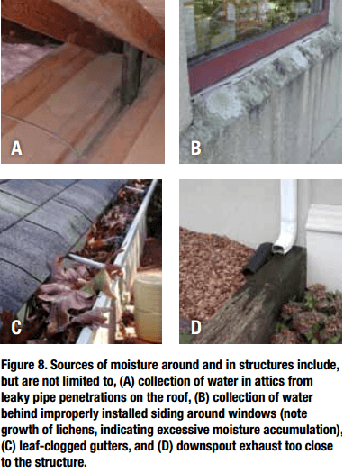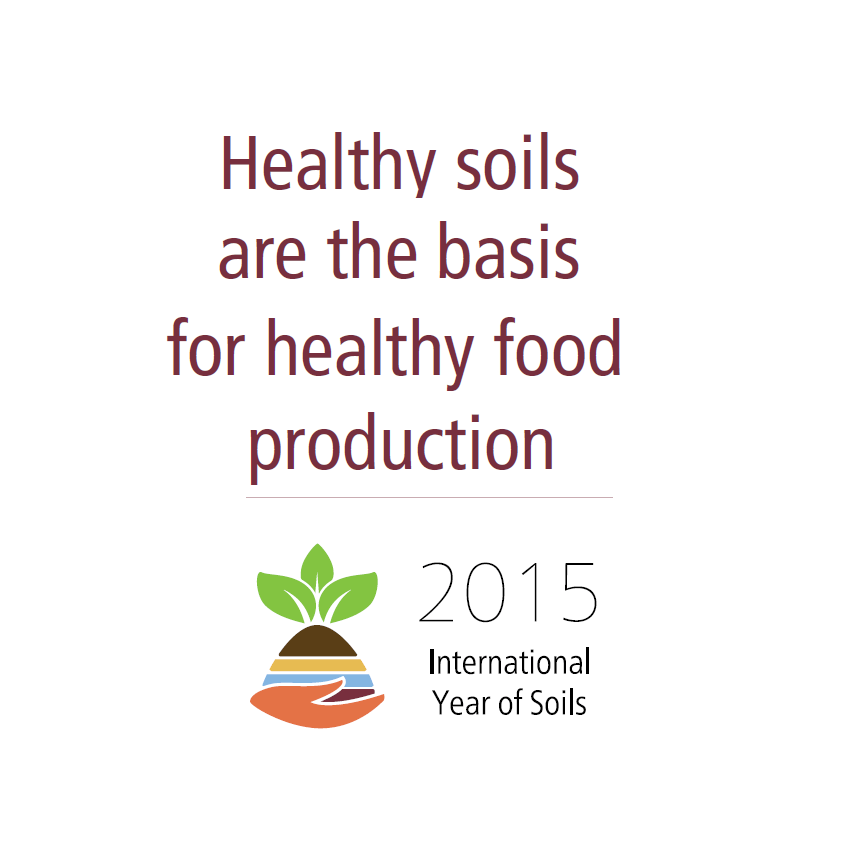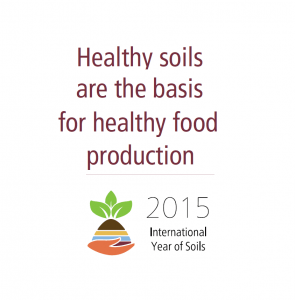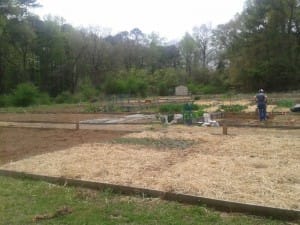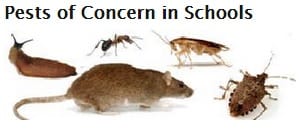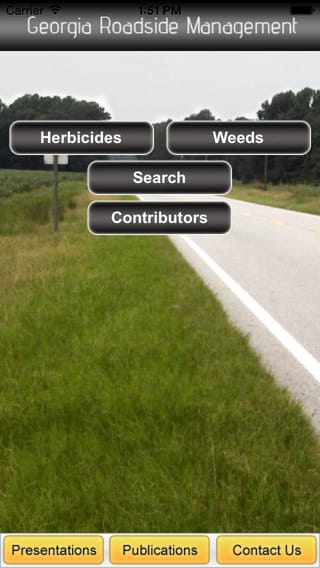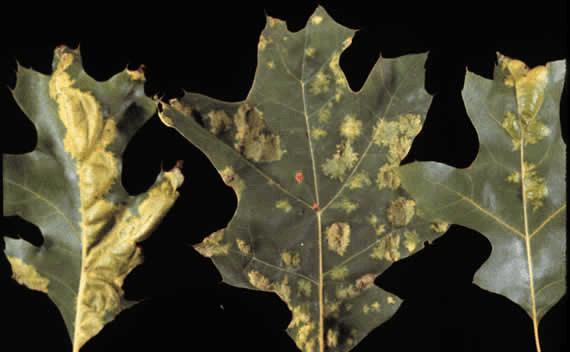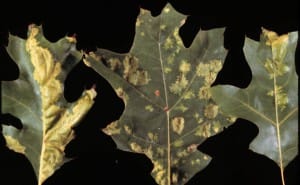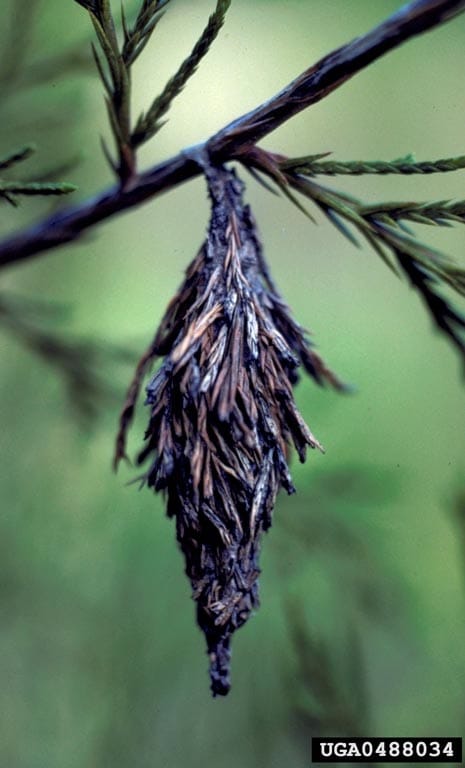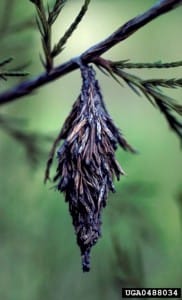Patrick McCullough, a weed scientist with the UGA College of Agricultural and Environmental Sciences, decided to create the Georgia Roadside Management app after Georgia DOT officials approached him for help.
“The biggest problem they have is fighting invasive weed species, like broomsedge, vaseygrass and Johnsongrass. They are major species, and they are spreading, increasing maintenance costs and, more importantly, reducing safety for motorists,” said McCullough, a UGA researcher based on the campus in Griffin, Georgia.
Ray Dorsey, Georgia DOT agronomist manager, says tall weeds, like Johnsongrass, and invasive weeds, like kudzu, create “sight and distance problems,” especially at driveways and intersections.
“When we do road building, the contractors are required to replace the grass. Our permanent grasses of choice are bahiagrass and bermudagrass because they can help choke out weeds,” he said.
Using a partial research grant from Georgia DOT, McCullough designed the app using DOT terminology to make the tool user-friendly for workers. “All the information they need to make the best management decisions for controlling roadside weeds and vegetation is now literally at their fingertips,” he said.
The app debuted last fall, and Georgia DOT agronomists have now used it for six months.
“Everyone who’s downloaded it thinks it’s great,” Dorsey said. “We are one of the first DOTs to have an app for vegetative management,” he said.
Like all recommendations involving pesticides, the guidelines are frequently changed and updated. “Before, we had to make revisions, make paper copies and update all the training notebooks,” he said. “Now, we just ask Patrick to update the app.”
Unlike the paper notebooks, the app includes images of plant material. “It was too expensive to print color photos in the manual before. Now, we can look at a picture of the weeds and match them with what we see. (This app) is really a great tool,” he said.
The app covers much more than how to control vegetation. It also includes information on growth regulators, first aid, personal protection, equipment maintenance and mowing procedures.
Created for use on iPhones, the app can be downloaded for free on iTunes. “It’s specific to Georgia DOT and uses their codes, but DOTs in other states would benefit from it, too,” McCullough said.
Download the app for free on iTunes.

